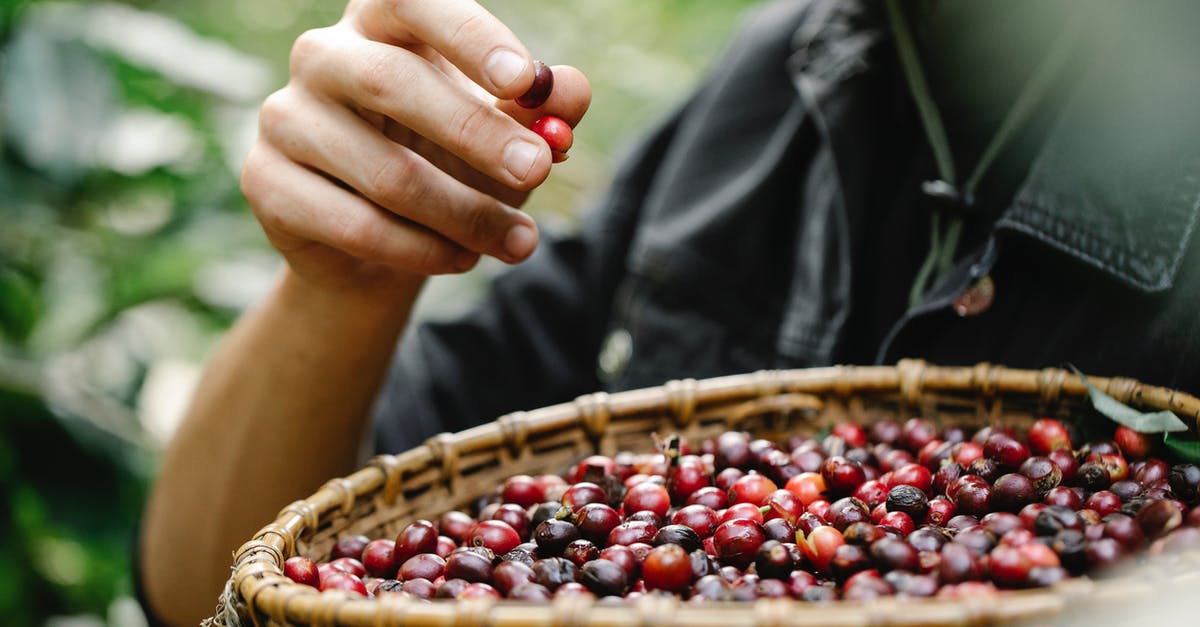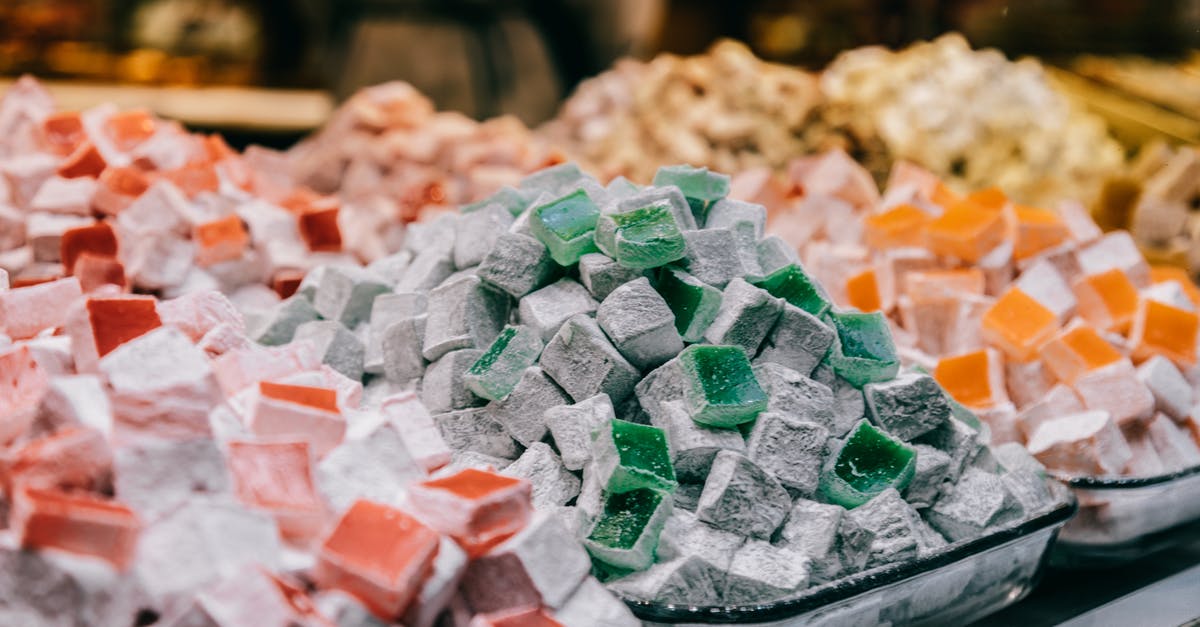Collecting acorns to eat - how/when?

Acorns of many oak species are edible.
They've been used as food in many traditions, but almost all need boiling and/or soaking to leach out the tannins. I'm curious to try them, as nuts, a hot drink, or ground into flour for baking. I'm particularly interested in the European Oak (a.k.a Quercus robur, English or Common Oak) as I have several growing over my garden.
I've found plenty of sources on how to prepare them, but little on how to select them. I assume they should be brown to be ripe, but do I need to get up and pick them as soon as they turn brown, or are fallen ones good? Apart from obvious signs that something has started eating them, is there anything I should beware of?
Update:
Even after discarding the floaters I had to throw away quite a few. they were quickest to shell by quartering them lengthways with a sharp knife. Unroasted ground acorns worked well in place of ground almonds in a biscuit (cookie) recipe, but the coffee substitute has a flavour closer to malty than nutty and isn't great. I may not have roasted the acorns enough, because despite leaching until they weren't bitter, they turned dark brown on drying so I couldn't see how roasted they were.
Best Answer
The book, "Nature's Garden" by Samuel Thayer, has an excellent, extremely thorough explanation of how to find, select, harvest and prepare acorns.
He lists 9 different types of defective acorns to avoid:
- Attached Cup: Ripe acorns loosen from their cups unless they are infected. An acorn with a firmly attached cup indicates that the tree noticed it was infected and prematurely dropped it. Note that a loosely attached cup is fine, as long as it can be easily separated from the nut without using significant force.
- Exit hole: an exit hole about the side of a pencil tip indicates that the acorn had a grub in it.
- Old acorn: Acorns from the previous autumn are dull brown or gray and have lost any attractive color they may have had.
- Dark zone: If part of the shell has a dark area, it usually corresponds with an area of spoiled nut meat inside.
- Shell or disk separation: The disk is the round, pale, nearly-flat area underneath the cap. If this area is partially separated from the shell, it indicates the nutmeat is bad. (Think of it like a popped lid on a jar of home-canned produce.)
- Rippled bottom: Healthy acorns often have subtle ripples in the shell where it attaches to the disk, but extreme or exaggerated ripples indicate a bad nut.
- Dark spot: Tiny dark spots anywhere on the shell but especially on the disk, indicate weevil holes.
- Bulging or sunken disk: Healthy acorn disks can be flat, slightly concave or slightly convex. Severely sunken or bulging disks indicate a bad acorn.
- Dying sprout: Primarily seen on white oaks. A healthy sprout indicates the acorn is fine, but a dying sprout indicates the acorn is bad.
He also notes that while the float test is useful for finding very bad acorns, it will not find acorns that have been recently infested with grubs, because the grub will not have eaten enough of the acorn to make it float. You can freeze or roast your acorns after the float test. This will kill any grubs, but it will also kill the acorns. Dead acorns go bad quickly, so you must immediately shell and dry acorns after freezing or roasting.
Another tip Thayer provides is oaks will drop their nuts in two batches. The first batch is often made up of unhealthy or infected nuts that the tree wants to get rid of. Collect from the second batch, because it will have fewer bad nuts. In red oaks, the two batches will be a month or two apart. In white oaks, the two batches blend together without an obvious gap, but the odds of finding good nuts are better in the latter half of the season. Of course, if you wait too long you might miss the opportunity to harvest at all, because critters will get all the nuts. If you don't know exactly when to expect the start and end of the acorn season, it's probably better to err on the side of too early.
I strongly recommend this book for anyone who wants to harvest acorns. The acorn section is 30 pages long and full of useful tips that will save you a lot of wasted effort.
Pictures about "Collecting acorns to eat - how/when?"



Quick Answer about "Collecting acorns to eat - how/when?"
How long do you have to soak acorns before you can eat them?
Step 3: Soak the Acorns Pour the nuts into the pot and let them soak for a minimum of 1 hour to soften the shells. Drain your acorns in the colander and pat dry with paper towels.Can you eat an acorn straight from the tree?
Raw acorns are considered unsafe due to their tannins, which are toxic if consumed in high amounts. However, you can remove the tannins by boiling or soaking. Properly prepared acorns are perfectly edible and full of nutrients like iron and manganese. Delicious roasted, they can also be ground into flour.How do you collect and process acorns?
Here are the steps:What season do you collect acorns?
Acorns ripen in the early Fall, usually in late September or October, so wait for the appropriate time to collect the ripe acorns. Select old specimen trees with a lot of character. If necessary, ask the property owner for permission to collect the acorns.Acorn: Processing and Preparing the Forgotten Food Free Chapter
More answers regarding collecting acorns to eat - how/when?
Answer 2
While I have never collected acorns to eat, only to feed to animals, I have foraged and served beechnuts and chestnuts, and the same principles apply.
Ripe acorns will fall - so picking them up from under the tree is perfectly fine, no need to climb and risk anything.
As for most nuts, fallen acorns are protected by the outer shell and can withstand being on the ground for a bit. As they need a cold phase to germinate, they will remain mostly unchanged during the autumn, giving you a generous window to go out and forage.
You want to pick large and plump acorns, leave small, cracked, soft or otherwise damaged ones to the wild animals. You should wash them when you bring them home1 or before processing them. This is also a good occasion to sort out the random hollow acorn, because they will float.
Then proceed as per your chosen recipe.
1 If you don’t process them immediately after foraging, make sure they are dry on the surface to prevent mold.
Sources: Stack Exchange - This article follows the attribution requirements of Stack Exchange and is licensed under CC BY-SA 3.0.
Images: Karolina Grabowska, Meruyert Gonullu, Michael Burrows, Meruyert Gonullu
